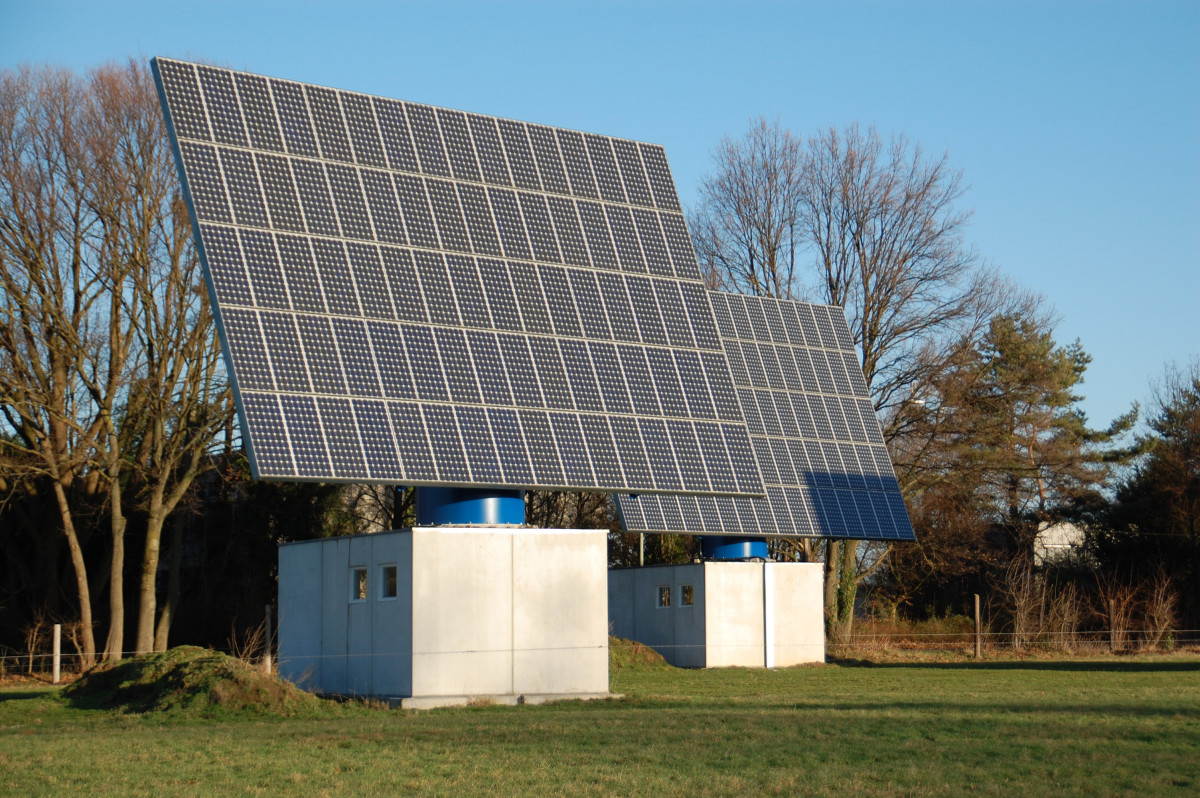Selecting a Green Appliance

We could all live in a bit greater harmony with the planet if we should choose green appliances in the future. The desire for green homes continues to increase, across America and around the world. It is estimated that green homes may command as much as one-fifth of the U.S. real estate market within just the next few years. Demand overseas, where energy use per capita is consistently much lower than in the U.S., and where energy costs are often quite a bit higher, may be far greater. The socially and environmentally conscious consumer is becoming more prevalent in all markets.
The dominant force in greening America’s appliances is the Energy Star program. This program, with participation by most appliance manufacturers and the Federal government, as well as many states and local governments, rates appliances by their cost, efficiency and energy consumption. An aggressive Energy Star program may save the average U.S. household more than one-third of their typical household expenses for energy use. The Federal government encourages Energy Star via tax incentives, while utility companies offer rebates, financiers offer lower home-loan interest rates, and buyers bid higher home purchase prices in both the new and resale markets. Incorporating Energy Star principles and appliances into homes not only reduces operating expenses, but also can improve appliance performance, while reducing exposure to asthma triggers, respiratory villains and toxic air.
In addition to benefits to homeowners and occupants, green appliances also help the planet. Roughly one-fifth of all greenhouse gas emissions in America are contributed by residences; any reduction in those emissions contributes to a more sustainable world. By using reduced amounts of energy, such appliances also reduce the likely burning of fossil fuels used to generate that energy, thereby reducing pollution, acid rain and smog. Green appliances also use less water, reducing the burden we all place on our planet’s limited freshwater supply. (Check out the Range Frog at rickzworld.)
Green ‘strategies’ employed in the development, design, manufacture and operation of green appliances include: increased energy efficiency; increased water efficiency; utilization of gray-water or rain-water; reduction of material waste; use of recycled materials; use of locally-sourced materials; use of non-toxic materials; and improved ventilation. These green strategies have been codified in a variety of standards, such as Energy Star, LEED, the NAHB Green Building Program, those of the U.S. Green Building Council, and the National Green Building Standard of the International Code Council (which is likely to be embodied in many state and local building codes across the nation). The application of such standards has clearly made a difference; it is estimated that the nation’s household appliances governed by such standards consumed just over half the energy in 2007 that they did in 2000.
But an even greater benefit of green appliances than energy conservation may be water conservation. Residences throughout the U.S. currently account for half of all of the nation’s freshwater usage, with clothes- and dishwashers accounting for about ¼ of that amount. Within the coming years, more than two-thirds of all states expect occasional local, regional and even statewide water shortages, if not repeated and severe water crises. Since merely 1% of the earth’s freshwater is available for human use, and it must all be endlessly recycled, any water conserved by more water-efficient appliances is a boon to us all. And, since much of the water used in clothes- and dishwashers is heated, water savings compound as energy savings as well. The EPA’s Water Sense Program is a corollary to the Energy Star program, and rates the water-efficiency of appliances and other such fixtures and fittings as toilets, urinals, faucets, showerheads, and irrigation systems. It typically targets water savings of 20% or more per appliance, fixture or fitting.
Due to their relatively long service life of roughly 10 to 15 years, appliances are good targets for life-cycle cost savings due to energy- and water-efficiency. Depending on the particular appliance and prevailing energy costs, it is likely an Energy Star appliance will recapture savings equivalent to its higher initial cost in only 4 or 5 years, thereby continuing to provide future cost savings for another full decade.
To achieve the greatest overall efficiency from appliances, consider each of the following efficiency-enhancing options carefully:
For clothes dryers: appropriately sized; gas rather than electric; a variety of cycles; timers; moisture sensors; dual-temperature heating elements; steam drying cycles.
For refrigerators: appropriately sized; top freezer; adjustable freezer and refrigerator temperatures.
For dishwashers: appropriately sized; sound insulation; adjustable or self-adjusting water levels; varied cycles.
For clothes washers: appropriately sized; varied cycles; adjustable or self-adjusting water levels; steam cleaning; front-loading (horizontal access).
For cooking: induction cooking rather than gas or electric cooktops or ranges; microwave oven rather than convection oven; convection oven rather than conventional oven; warming drawers.

- Using Solar Energy
Our most reliable power source. by rlz Have you ever considered making use of solar energy? Unsure how to get started? Let this architect show you the way. The world is today facing a daunting energy challenge. Though a full third of the globe’s... - Sustainability: Green Roofs
Here's one environmentally conscious design option that's garnering adherents the world over. - Sustainable Commercial Buildings
Sustainable interior. by rlz Consider this: no matter how modern, high-tech or appealing our commercial buildings are, there may be far better ways to construct them, for us, for the planet, and for long-term profitability. Let this architect... - Ten Quick Tips for Going Green
1. If you don't already recycle paper, cardboard, metal, aluminum, glass, plastic, etc., start now. (You can also recycle batteries, cell phones, computer components, appliances and garage-sale just about anything else.) 2. Prepare more meals at... - Sustainability 67: Green Walls
Green your walls An increasingly popular variation of the more well-known green roof concept is that of the green wall. In a green wall, vegetation is encouraged to grow on a vertical surface, rather than being restricted solely to the ground or to.. - Going Green: No Longer a Fad
How have ordinary people begun to change their daily habits to create a more sustainable future? - Sustainability 68: Drain Water Heat Recovery
Don't throw away that heat! - Sustainability 8: Water
Many now consider water our most valuable global resource, beyond food or fuel or energy. - Green Painting
Environmentally Friendly Paint






